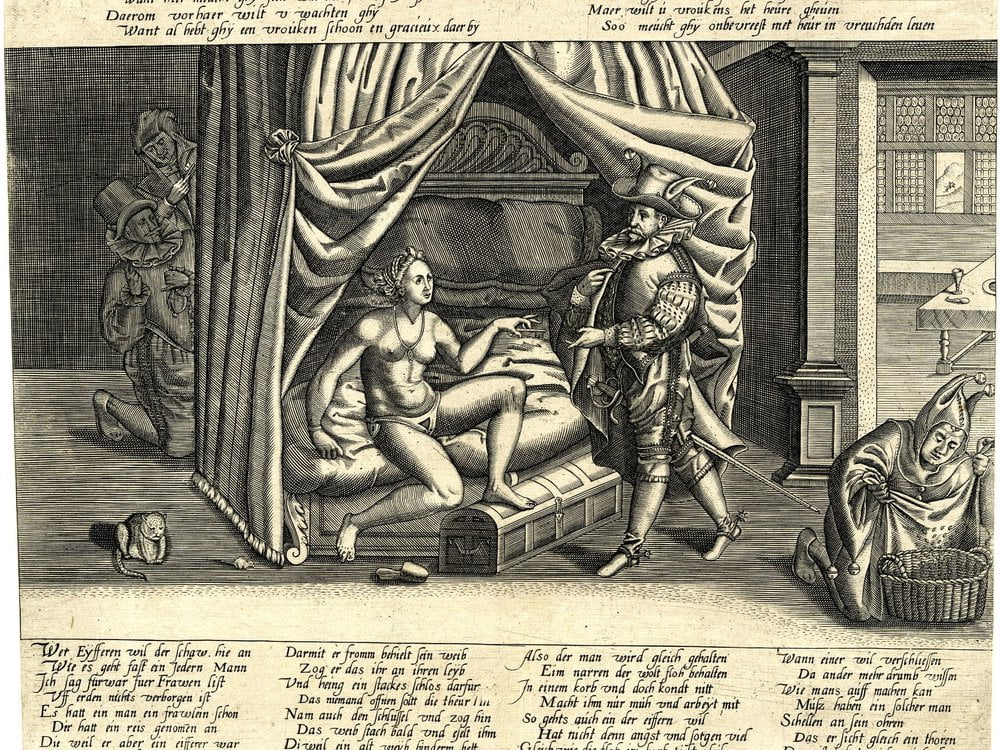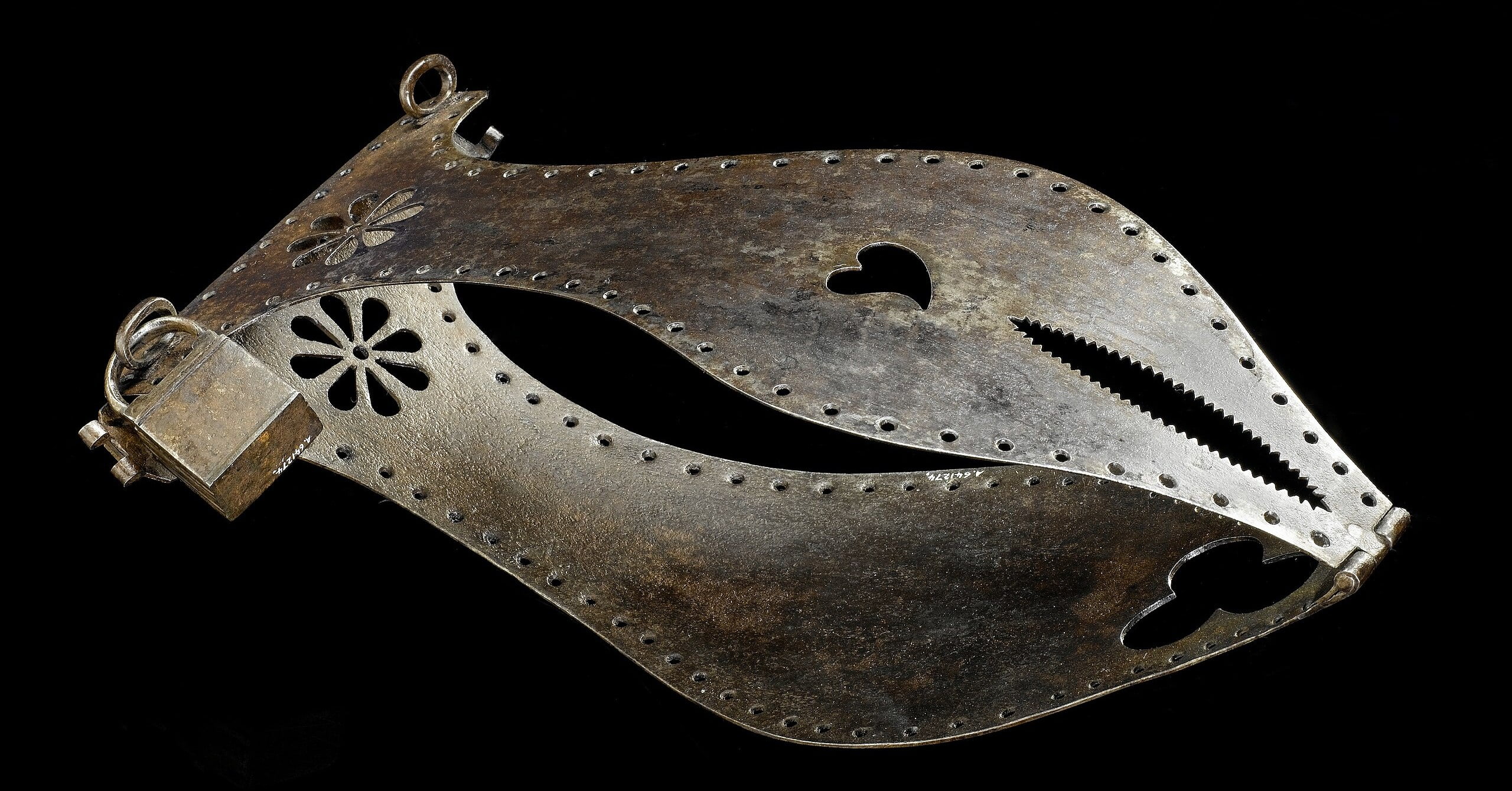According to popular belief, in the Middle Ages a device appeared that helped a jealous husband leave his wife for a long time and not fear betrayal. We checked whether this opinion corresponds to modern historical research.
Materials about what “terrible” devices by today’s standards were used by medieval men who did not trust their wives can be found, for example, on the women’s portal Wday.ru, website Fishki.net, in educational magazine "School of Life" and on Pikabu.
The earliest known depiction of a chastity belt dates back to the early 15th century. In 1405, Conrad Kieser in his treatise Bellifortis presented readers a drawing with the caption: “These are the hard iron trousers of Florentine women that closed in the front.” The author did not provide more detailed information about this device, and its very description in the text was strange - Bellifortis is dedicated to military affairs, but not to issues related to family or sexual life. Science popularizer Massimo Polidoro draws note that Kieser's reference to the chastity belt is satirical: "Even if this device did exist in the 15th century, it was certainly quite rare." He also emphasizes that not a single example of such a belt has survived to this day.
More professional images of girls wearing chastity belts began to appear in the 16th century. For example, an engraving by Hans Beham depicts a woman in the company of two men who give her money. Obviously, the heroine of the image is a prostitute, so the belt here plays the role of a “professional tool” rather than a symbol of fidelity (not to mention the fact that the artist could depict it as a metaphor rather than an actual object). Another example is a drawing by Heinrich Virrich, in which a girl lying on a bed is wearing a chastity belt and gives the key to a man standing next to her (probably her husband). True, another man is depicted in the shadow with a different key, and on the first one’s hat we see donkey ears - a symbol of deception and betrayal. So this image is obviously satirical.

The oldest surviving chastity belts date back to an even later period - the 18th and even 19th centuries. British Museum experts report: “Probably the vast majority of examples now known were manufactured in the 18th and 19th centuries as a curiosity for the lascivious or a joke for the tasteless.” Not so long ago, these belts were still exhibited as artifacts, if not of the Middle Ages, then of the Renaissance, but later museums corrected their descriptions. Curators at the British Museum also point out that similar forgeries can be found in other museums in Great Britain and Italy.
Historian Albrecht Klassen devoted a separate section to the myth of “medieval” chastity belts. book. In it, he argues that the use of these devices in the Middle Ages is “extremely unlikely” because there is no relevant historical evidence left, and the very use of the belt for a long time, coupled with the underdevelopment of medieval medicine, would certainly have led to health problems for women. This didn't stop the story about chastity belts become already popular during the Renaissance due to the "perverse nature" of the idea itself and its connection to "sexuality, gender relations and the power structure of the family."
Supports his colleague Sarah Bond from the University of Iowa. In her opinion, an object that did not exist in reality in the eyes of historians of the 18th and 19th centuries became a symbol of the superiority of civilization over the “dark ages.” Bond, who specializes in ancient history, cites the example of ancient Rome, where brides wore a laced belt that was later undone by the husband, but the garment did not have any locks and was symbolic. Mentions of chastity belts in the now common sense up to the drawing of the early 15th century by modern scientists think metaphorical.
Most likely not true
- A. Classen. The Medieval Chastity Belt: A Myth-Making Process
- Smithsonian Magazine. Medieval Chastity Belts Are a Myth
- L. Keyser. The Medieval Chastity Belt Unbuckled
If you find a spelling or grammatical error, please let us know by highlighting the error text and clicking Ctrl+Enter.







